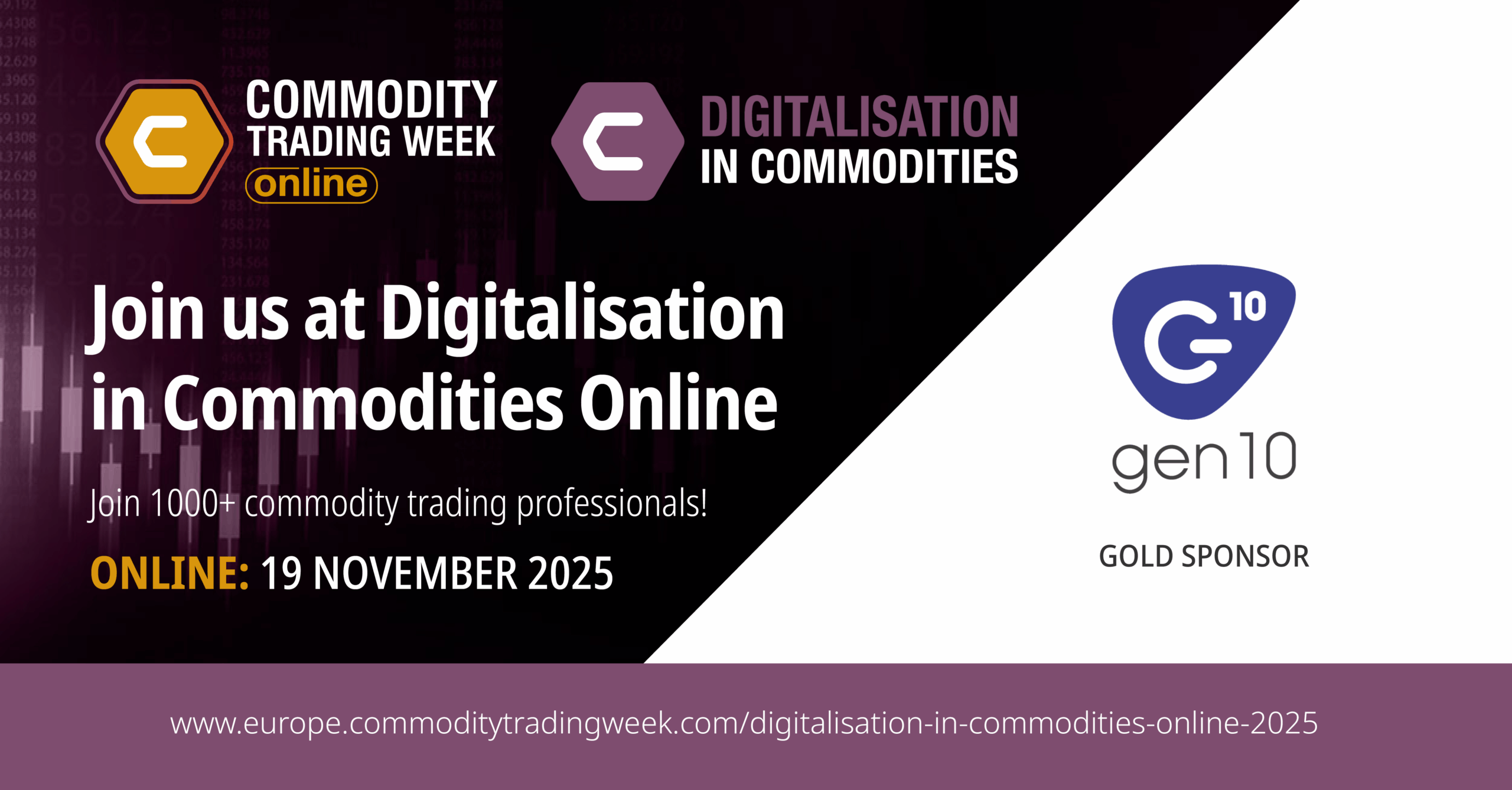The commodities industry is bouncing back from the initial problems caused by the Covid-19 pandemic more rapidly than many would have predicted even this time last year, to the extent that the more bullish are even asking whether the widespread price rise could represent the early stages of a new commodities supercycle.
However, it is not only commodity prices that are rising following the disruption of the pandemic. Freight rates have also increased; routes from Shanghai to Rotterdam increased 596% on last year’s prices and routes from Los Angeles to Shanghai are up by 154%. And although a pandemic resurgence or many other factors could change oil price trajectories, they have returned to their pre-pandemic level.
All of these price rises introduce volatility and the potential for profitability into the market, but they also mean that credit risk will likely play a larger role in commodity trading in the coming months as the volatility introduces risk and more credit is needed for each transaction due to the higher costs.
Credit risk in commodities
Credit risk is the risk of a borrower defaulting on a loan or financial obligation and, alongside market and operational risk, is one of the major risks that commodity traders must proactively protect against. Credit use underpins most of the commodities industry, so it is essential that this risk is effectively monitored and managed.
From assessing your own exposure to different markets and counterparties, to understanding what events could affect funding providers’ perceptions of your own credit-worthiness, there are many dimensions that need to be considered and managed.
More data means better analysis
Agreeing credit limits with counterparties and accessing credit from funders would be simple if it were possible to know in advance which counterparties would be unable to meet their obligations, but of course this is impossible. However, it is possible to refine credit agreements based on the likelihood of default and their risk profile. And as this becomes more accurate, allowing greater potential for profitability, the greater the amount of data that is available to decision-makers.
CTRM and commodity management systems are a vital resource in building up this picture of your current risk environment and can give your organisation a unique advantage as they add your organisation’s own data to the decision-making process.
For example, the Covid-19 crisis caused a record increase in credit rating downgrades in 2020, particularly in energy and oil, but despite some high-profile collapses, many organisations are now on a more stable footing. The advantage of using a commodity management system that clearly shows your own historical data and KPIs is that it contextualises these events and provides greater insight using multiple risk indicators, allowing you to better assess credit worthiness.
So, if a counterparty’s credit rating is downgraded, you can put this information into the wider context of past dealings with them; their risk profile may be different if they have recently begun making late payments compared to a partner who has consistently met their obligations.
Commodity management also helps you understand your current exposure to each counterparty, and to understand your concentration, FX and country risks at a given time by allowing you to clearly visualise and break down your risk data. And some systems such as Gen10’s CommOS update these positions in real-time throughout the day so that your organisation can mitigate losses by reacting quickly as soon as things change.
Incorporating operational risk
Good commodity management systems also allow you to manage the operational risks associated with credit risk controls. This means that you have more options available to you when reacting to a changing environment, with the ability to add further restrictions to a counterparty or area of concern as well as outright preventing trading with them.
Operational risk controls might include alerts or blocks when transactions would breach a counterparty’s credit limit, or when they are sanctioned or otherwise unauthorised for trading. Commodity management software may also include tasks and calendar management so that your team is alerted when your letters of credit or a counterparty’s credit agreement is close to expiry.
Credit risk is poised to be one of the key areas requiring extra diligence as the Covid recovery continues. Commodity management software supports its management, from allowing your organisation to make better decisions based on more data to preventing actions that are beyond your organisation’s tolerance limit. Not only does this improvement protect your organisation from credit risk, it can also help you identify the best counterparties to conduct more business with and play a key role in your growth strategy.



